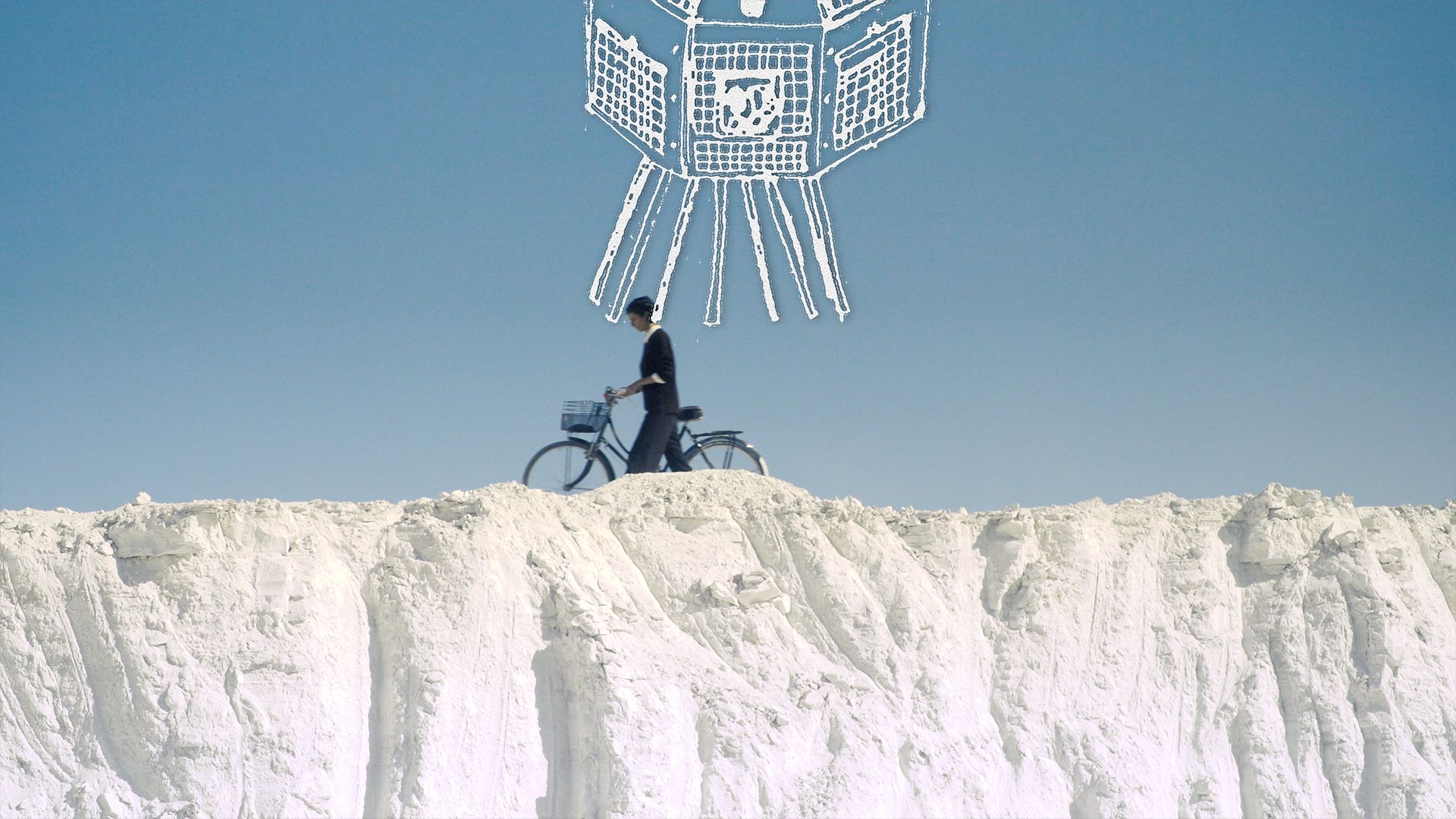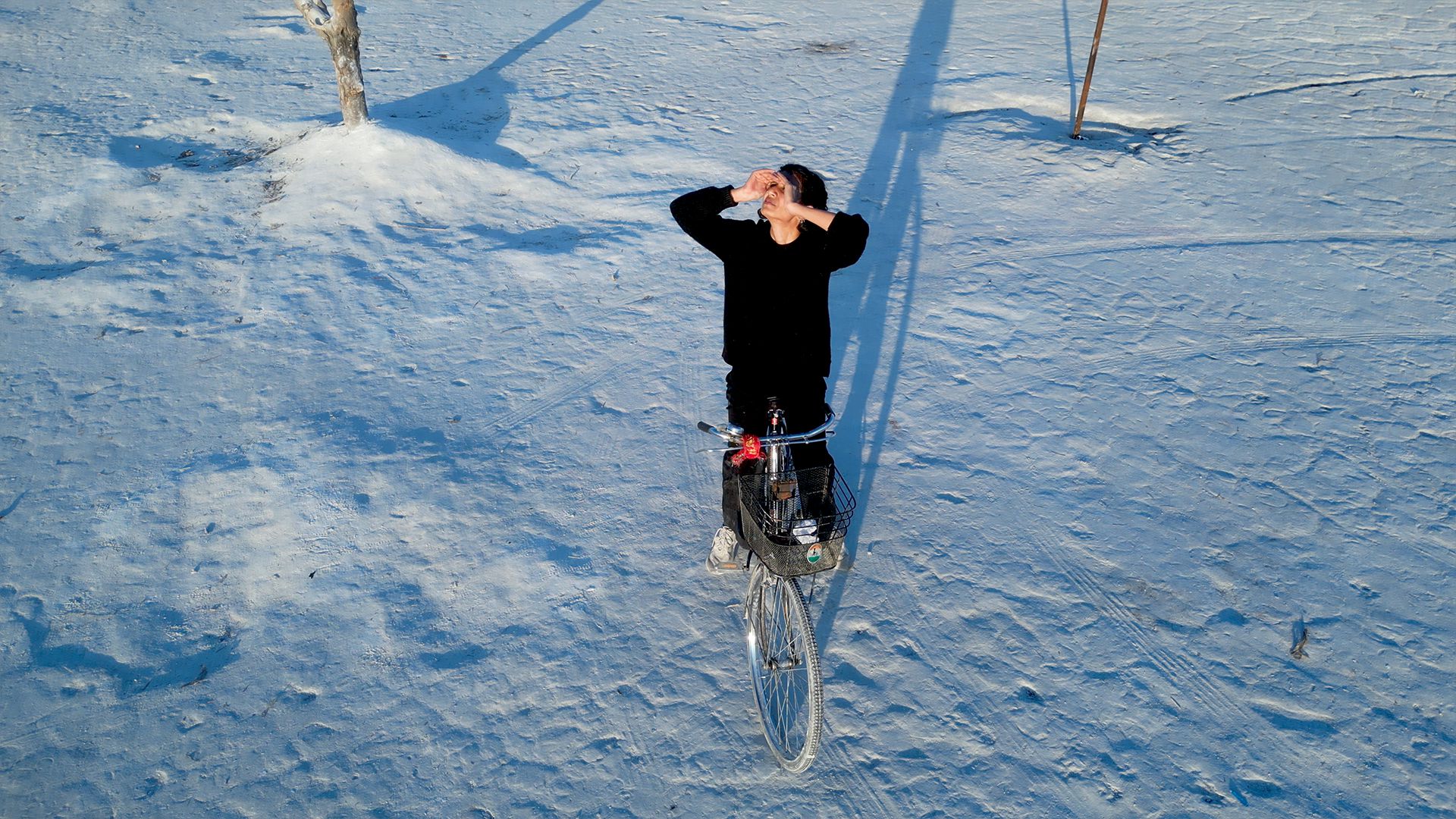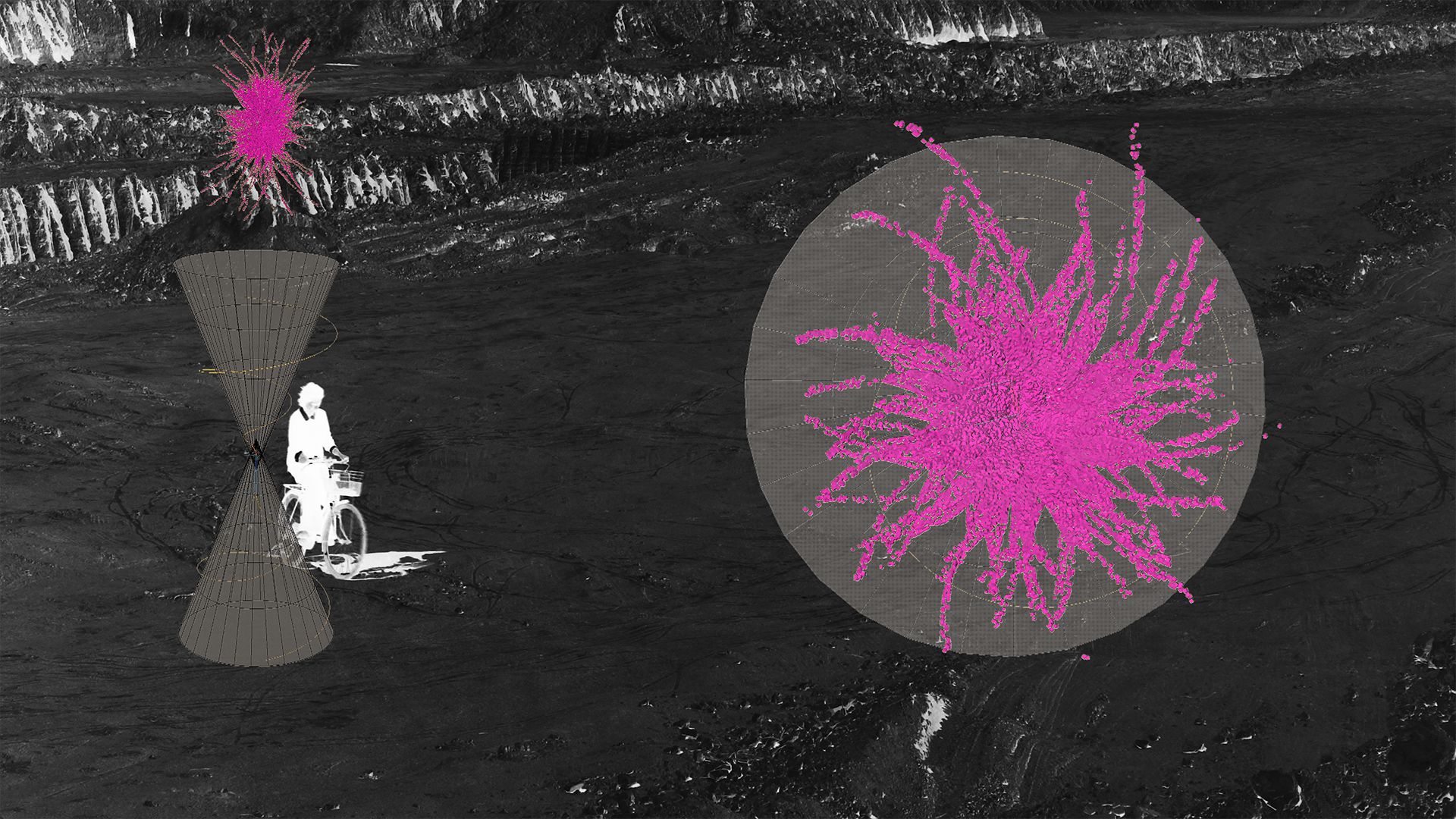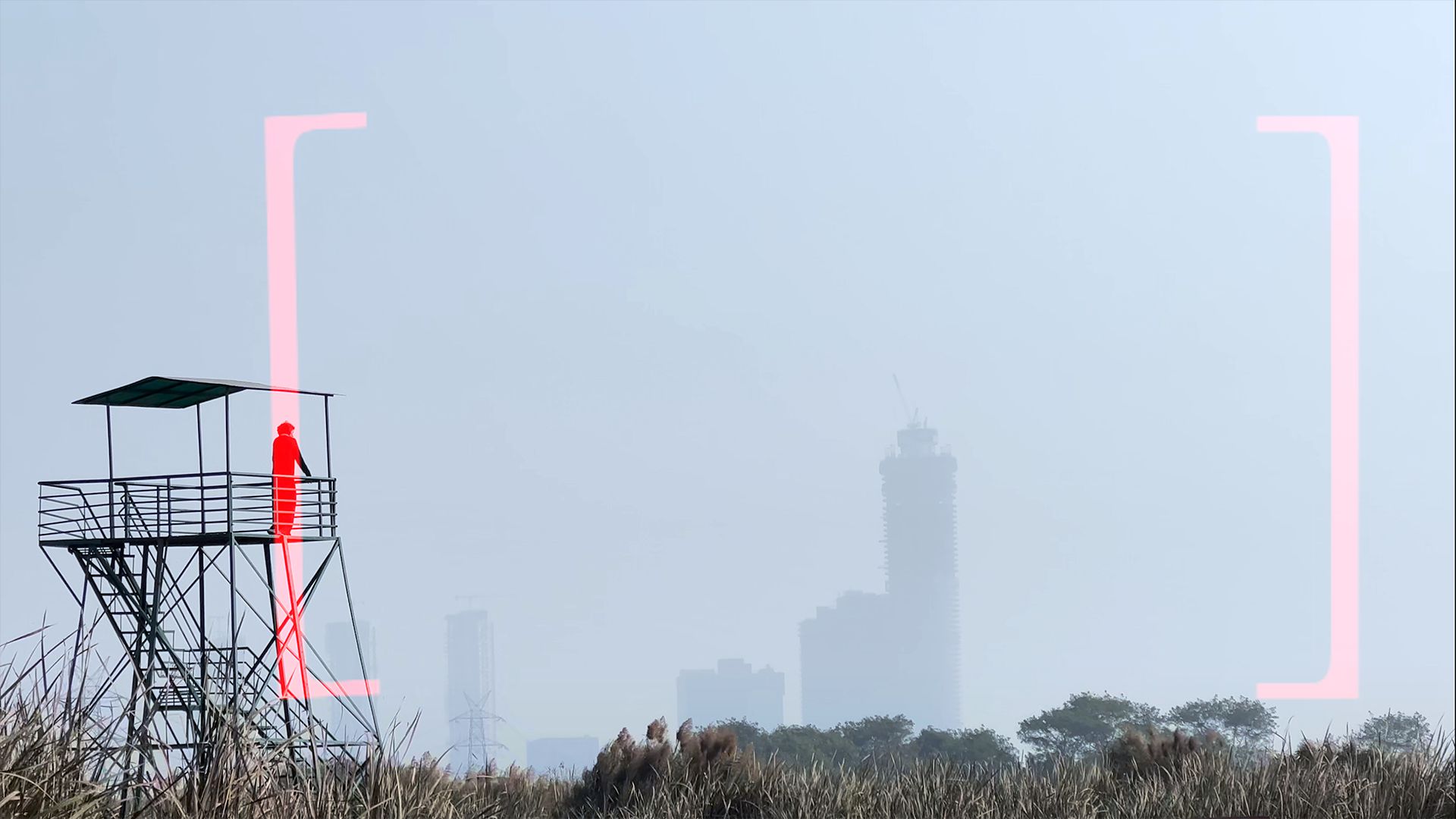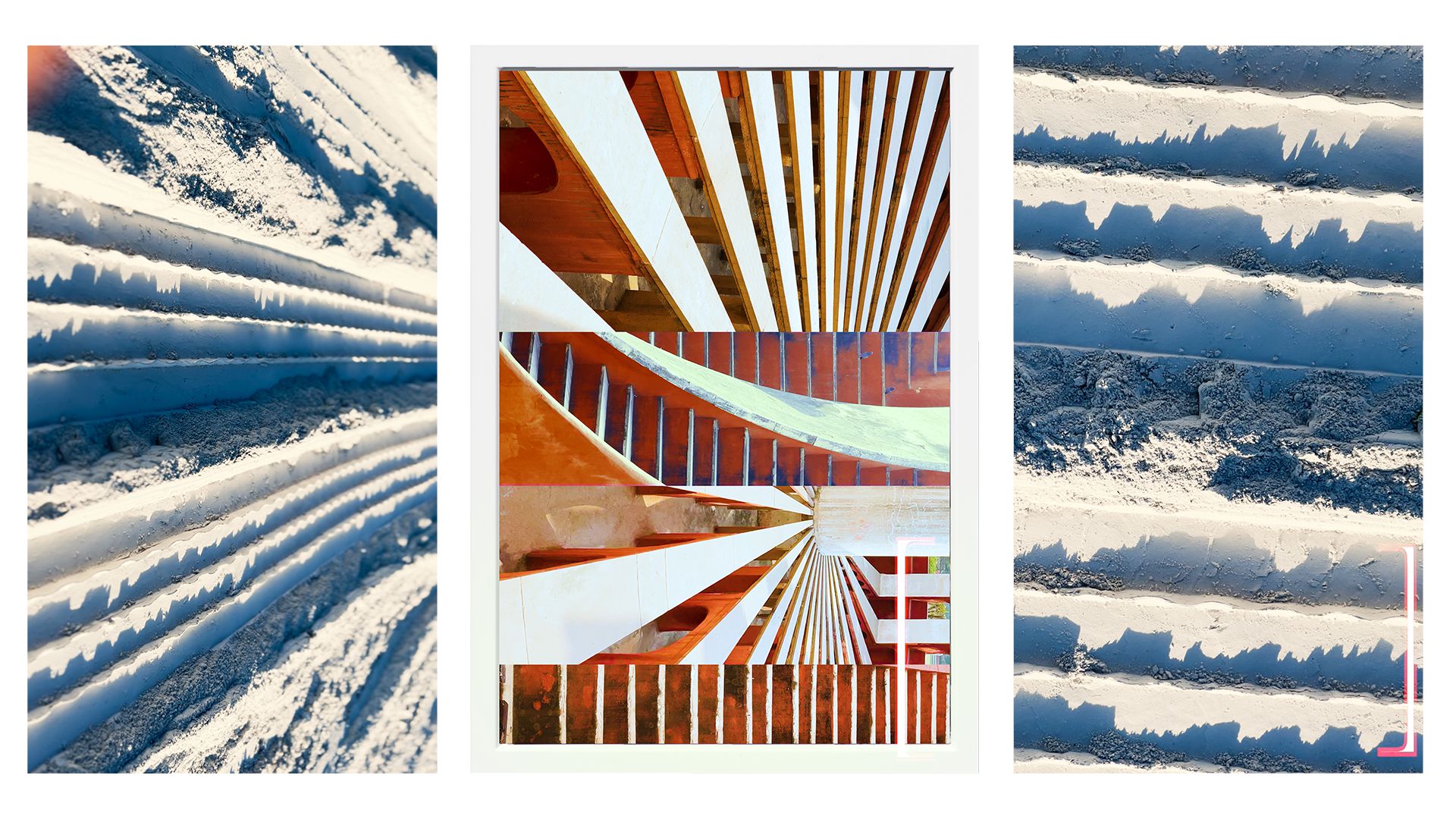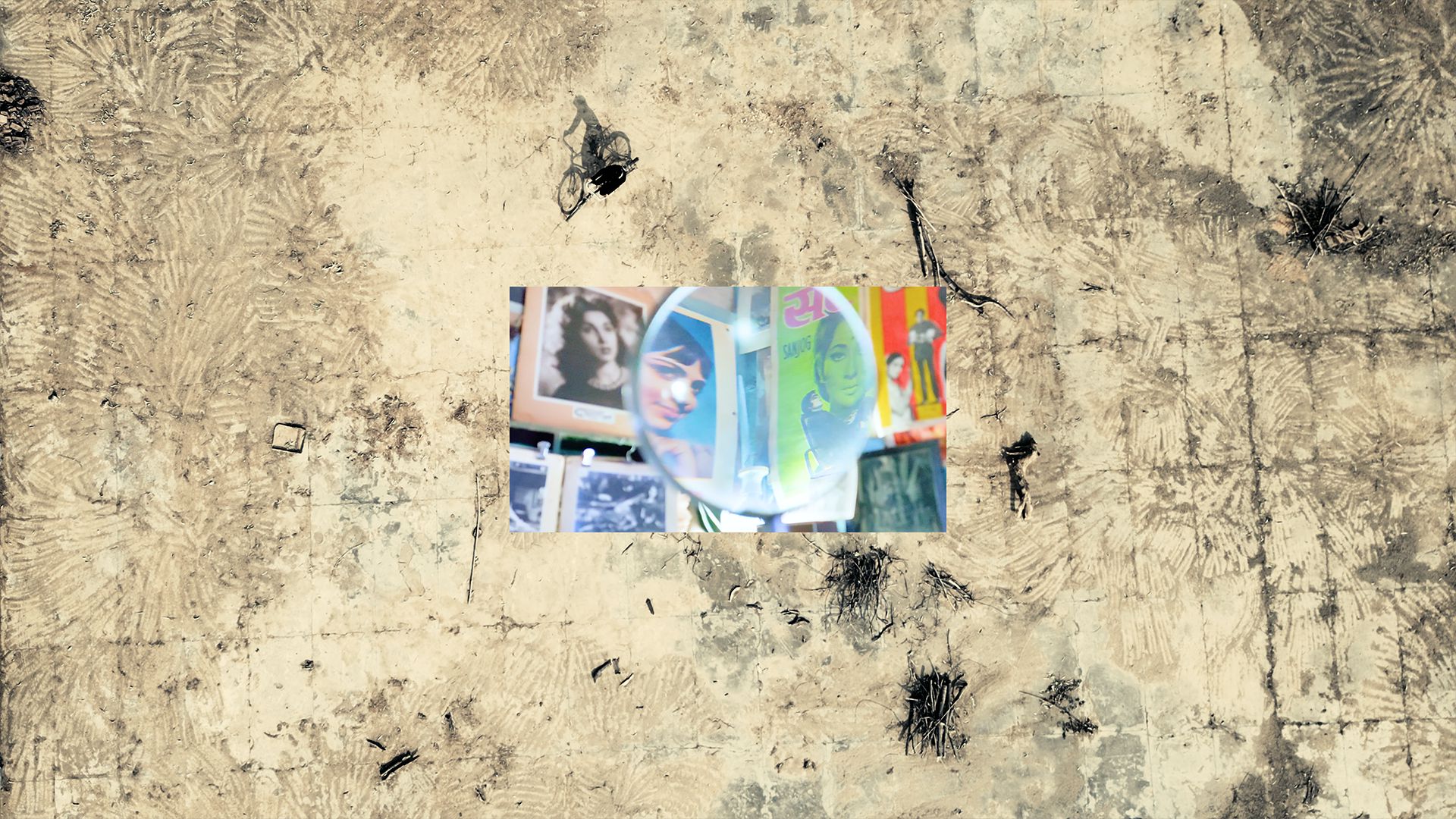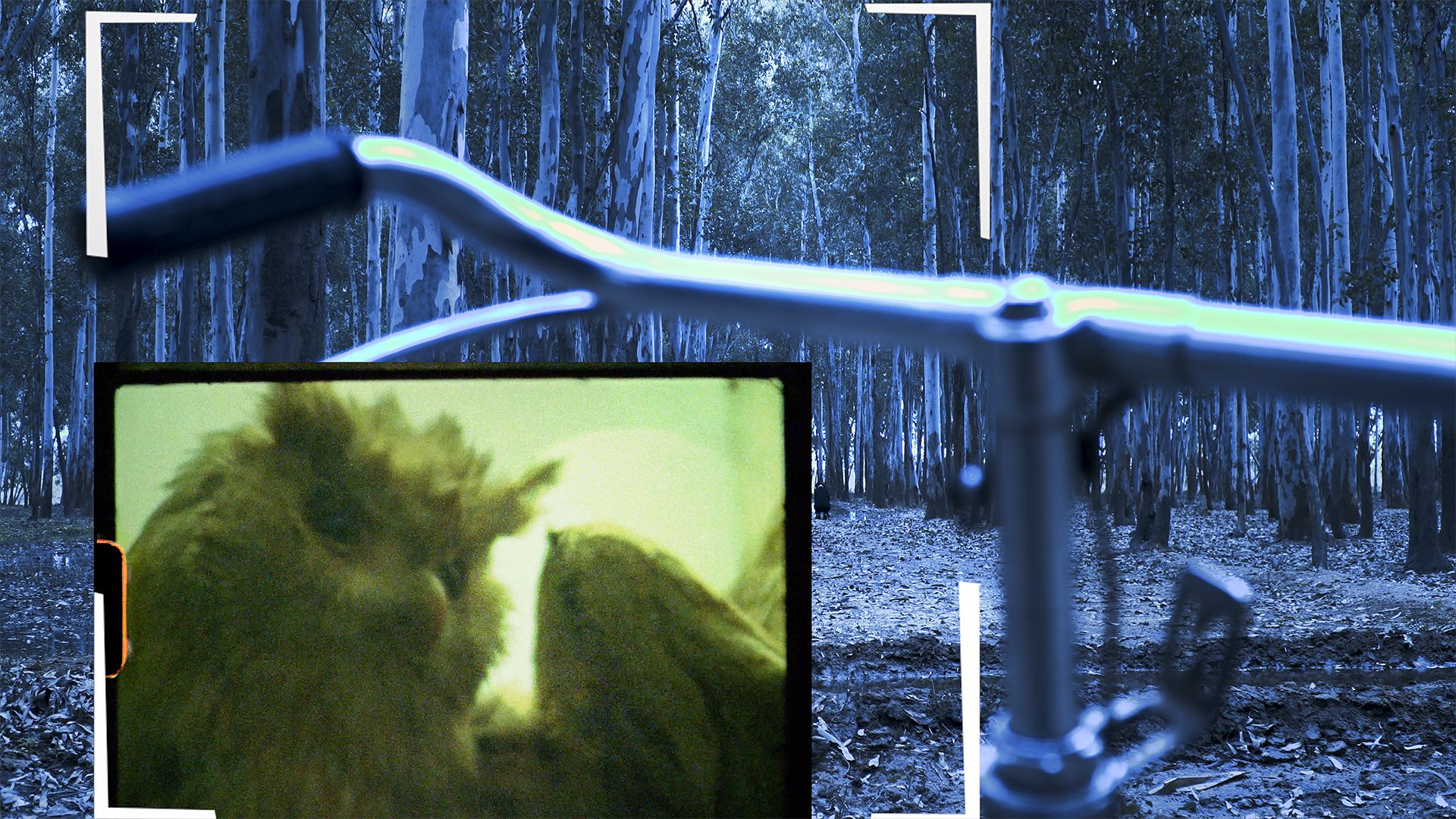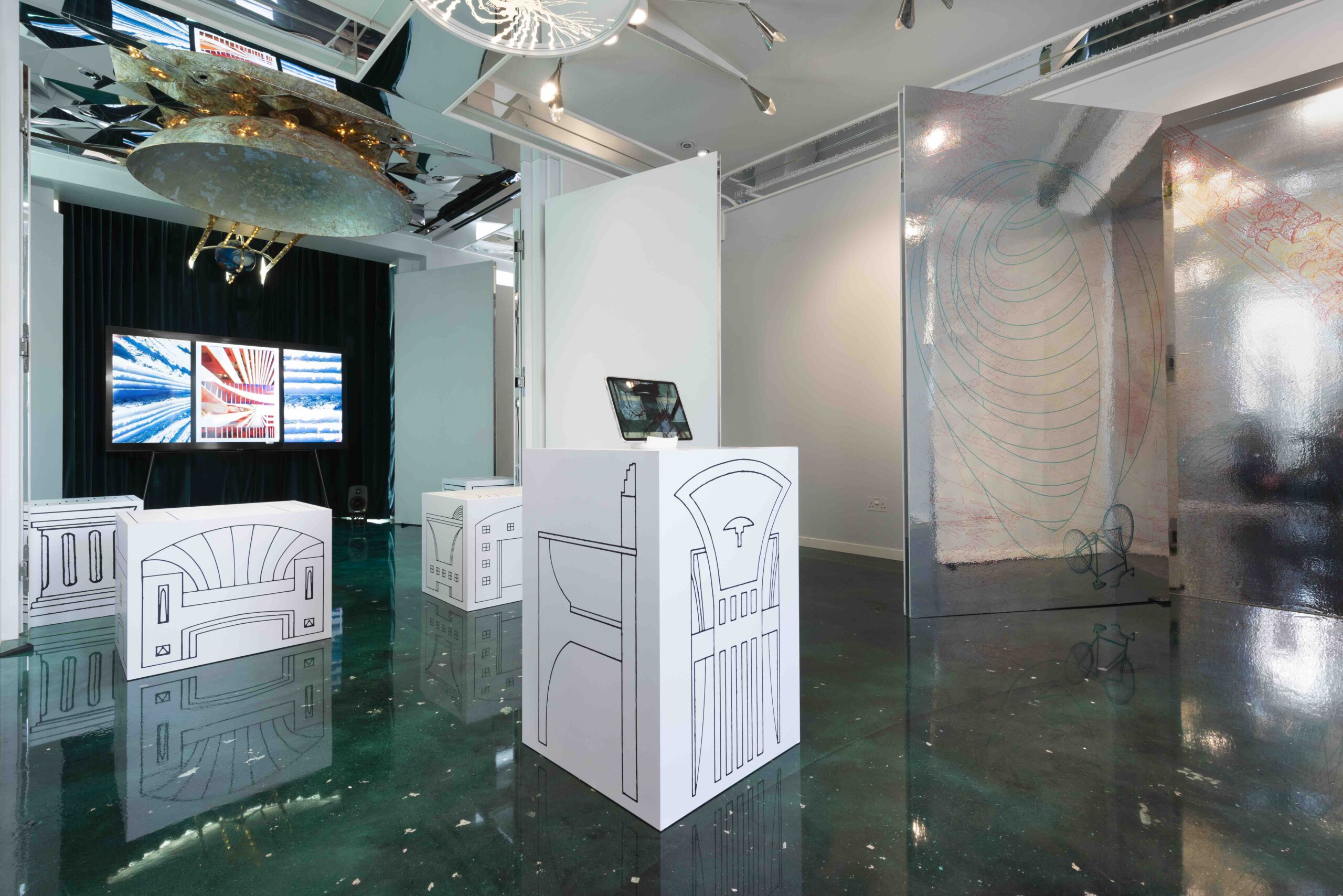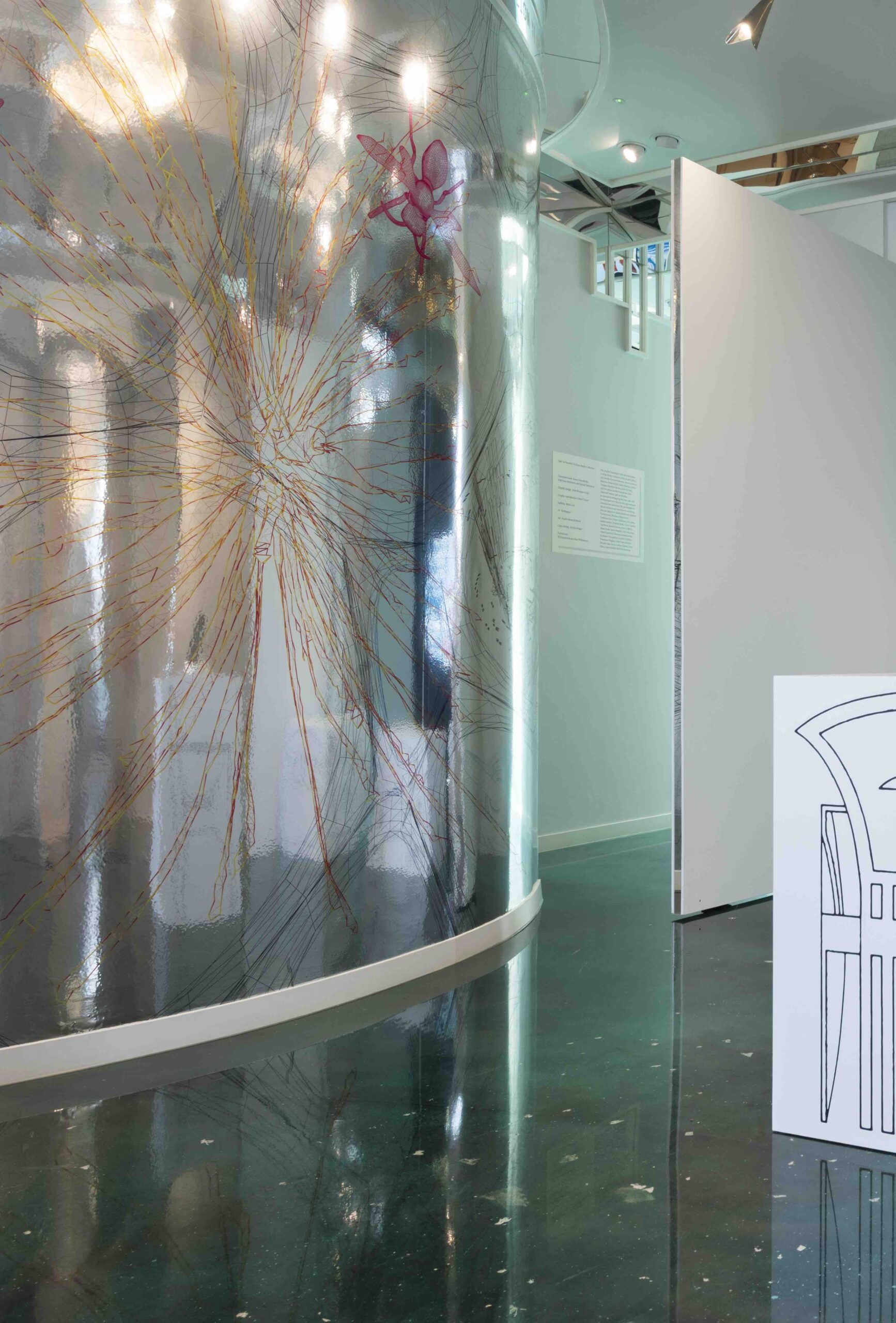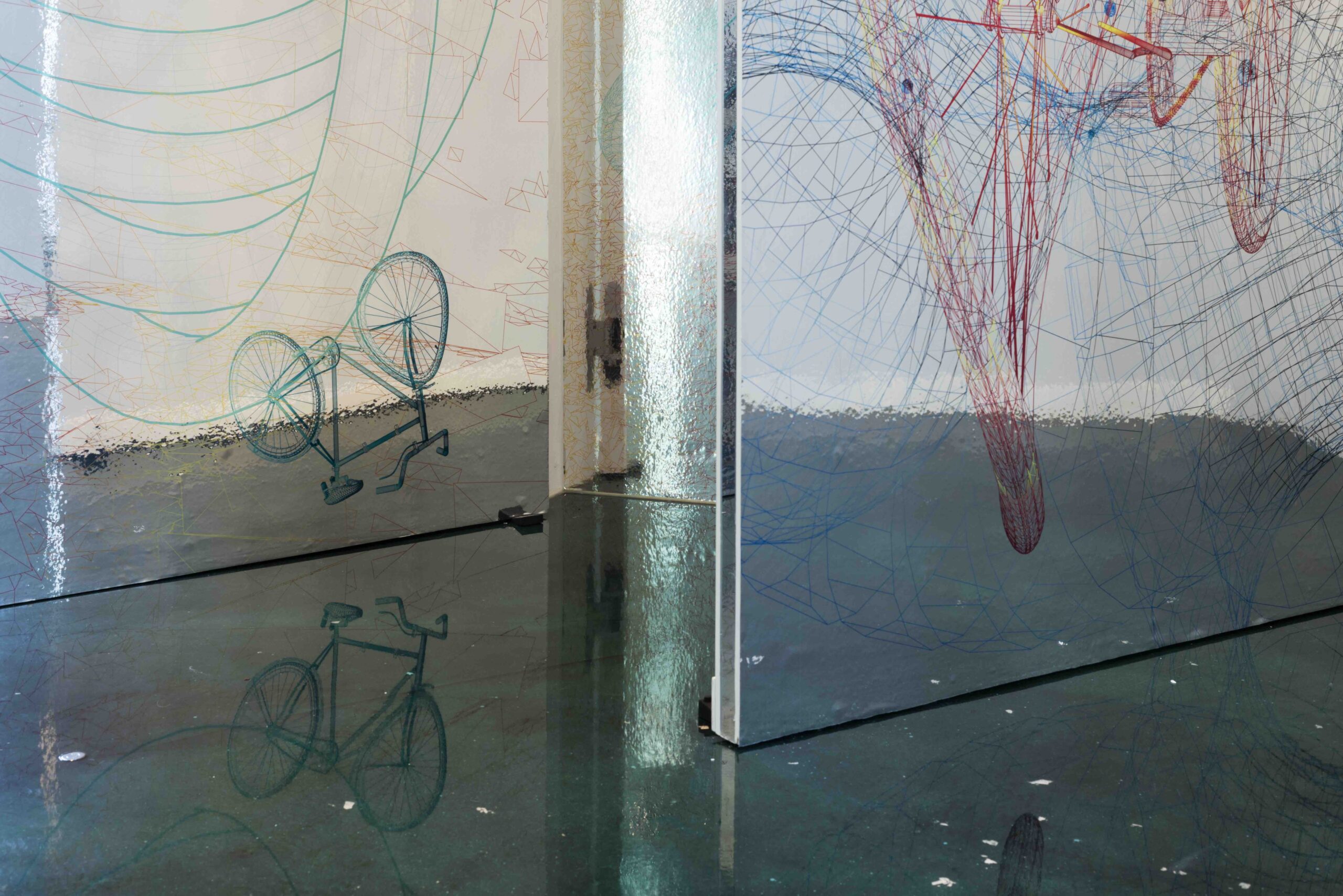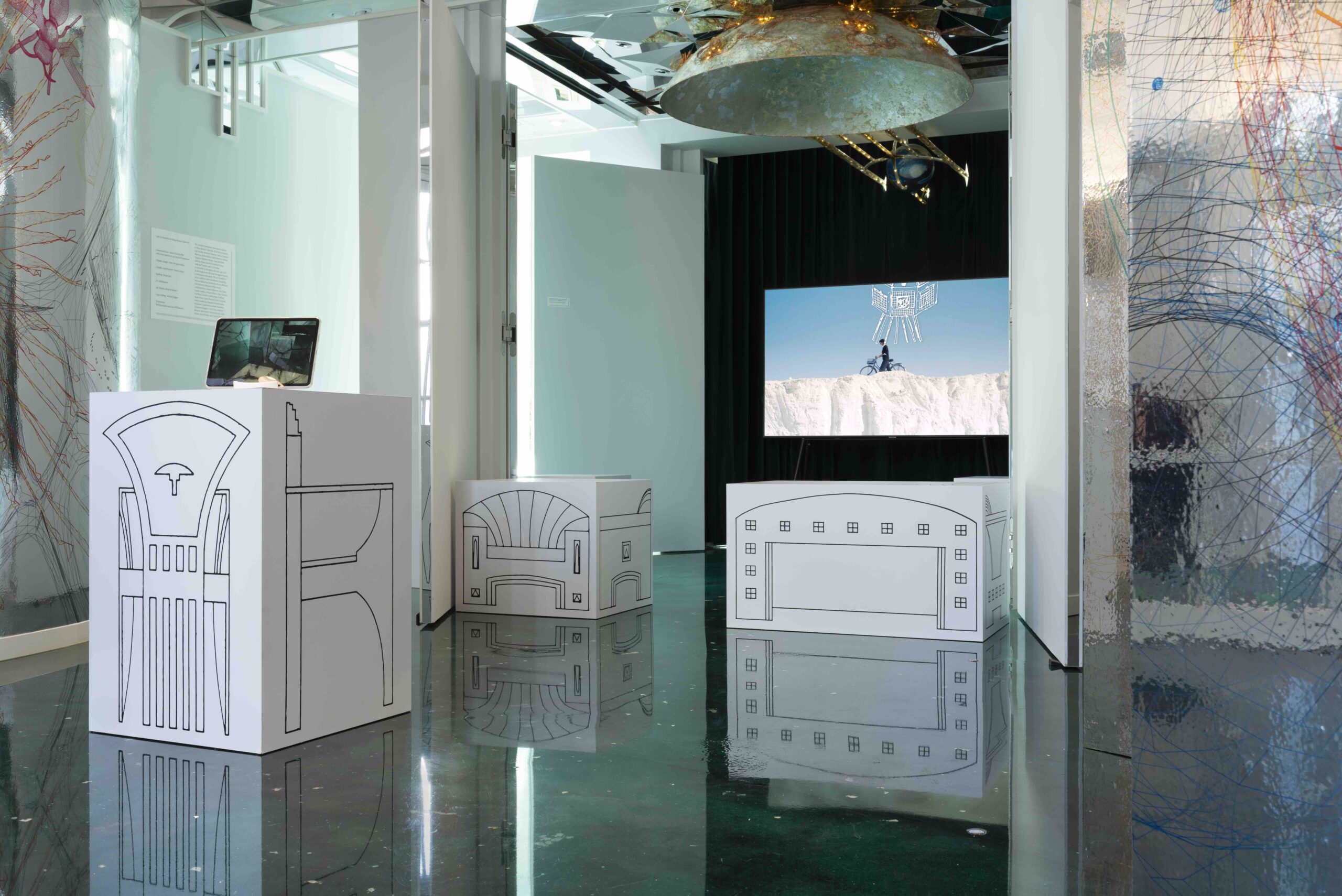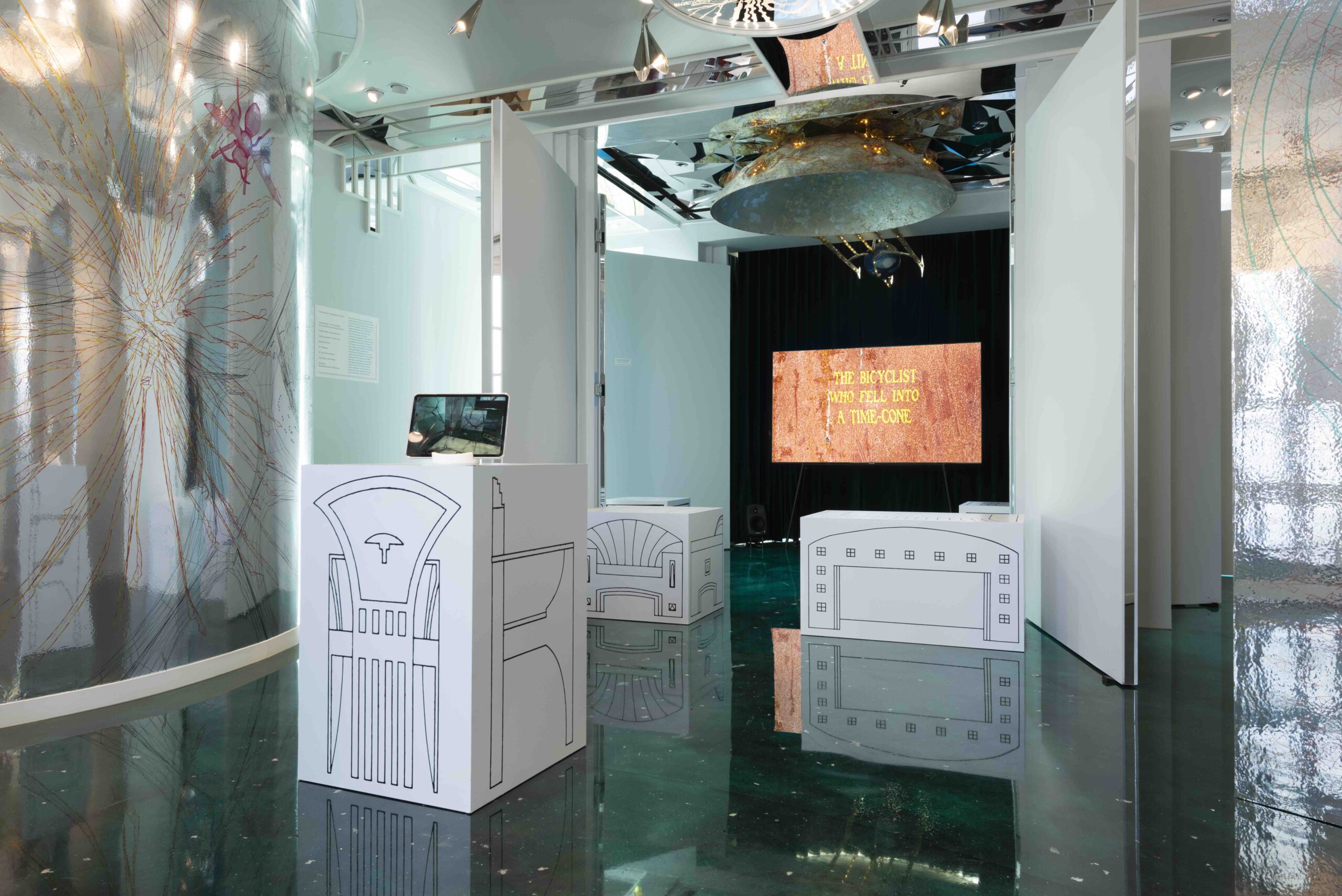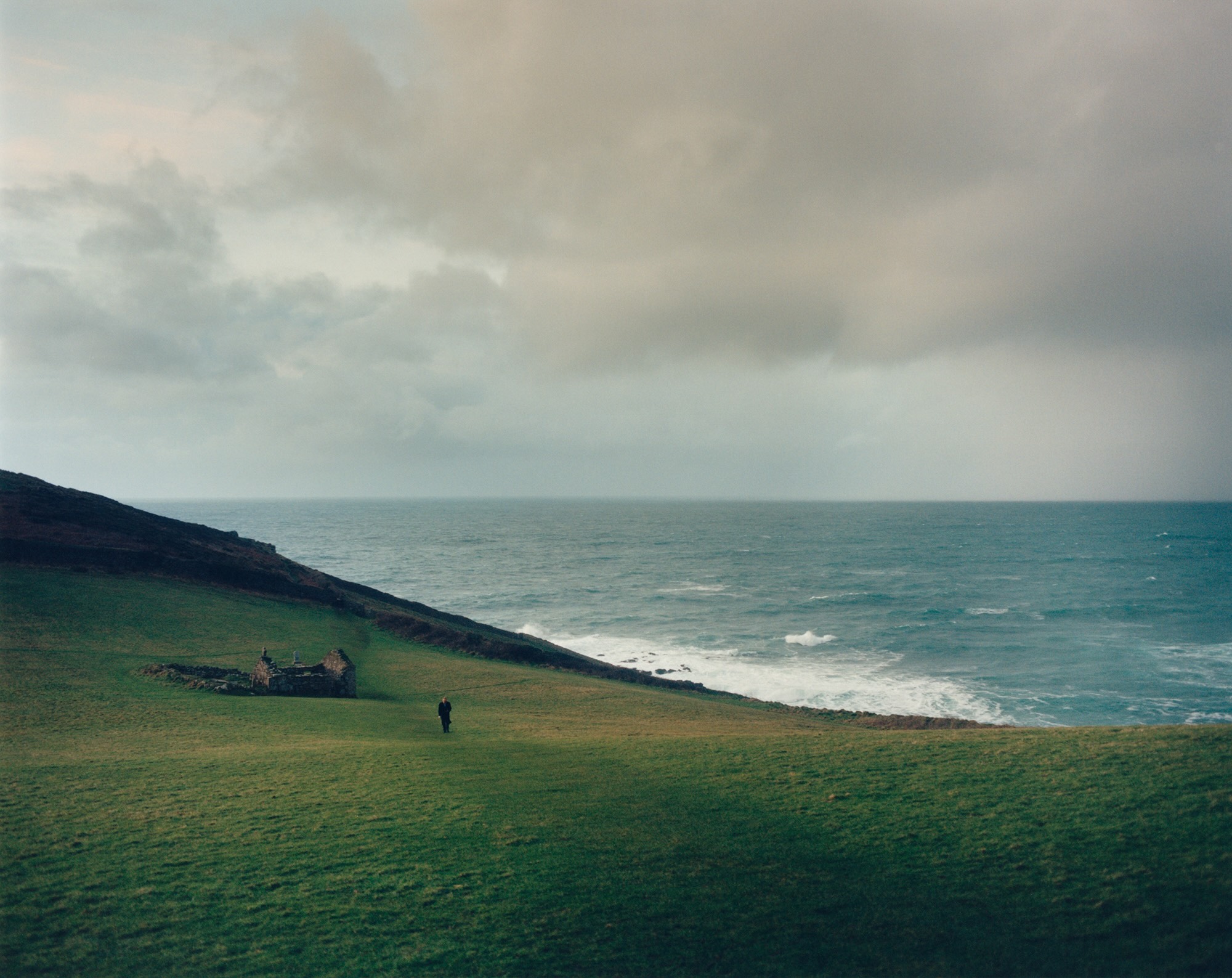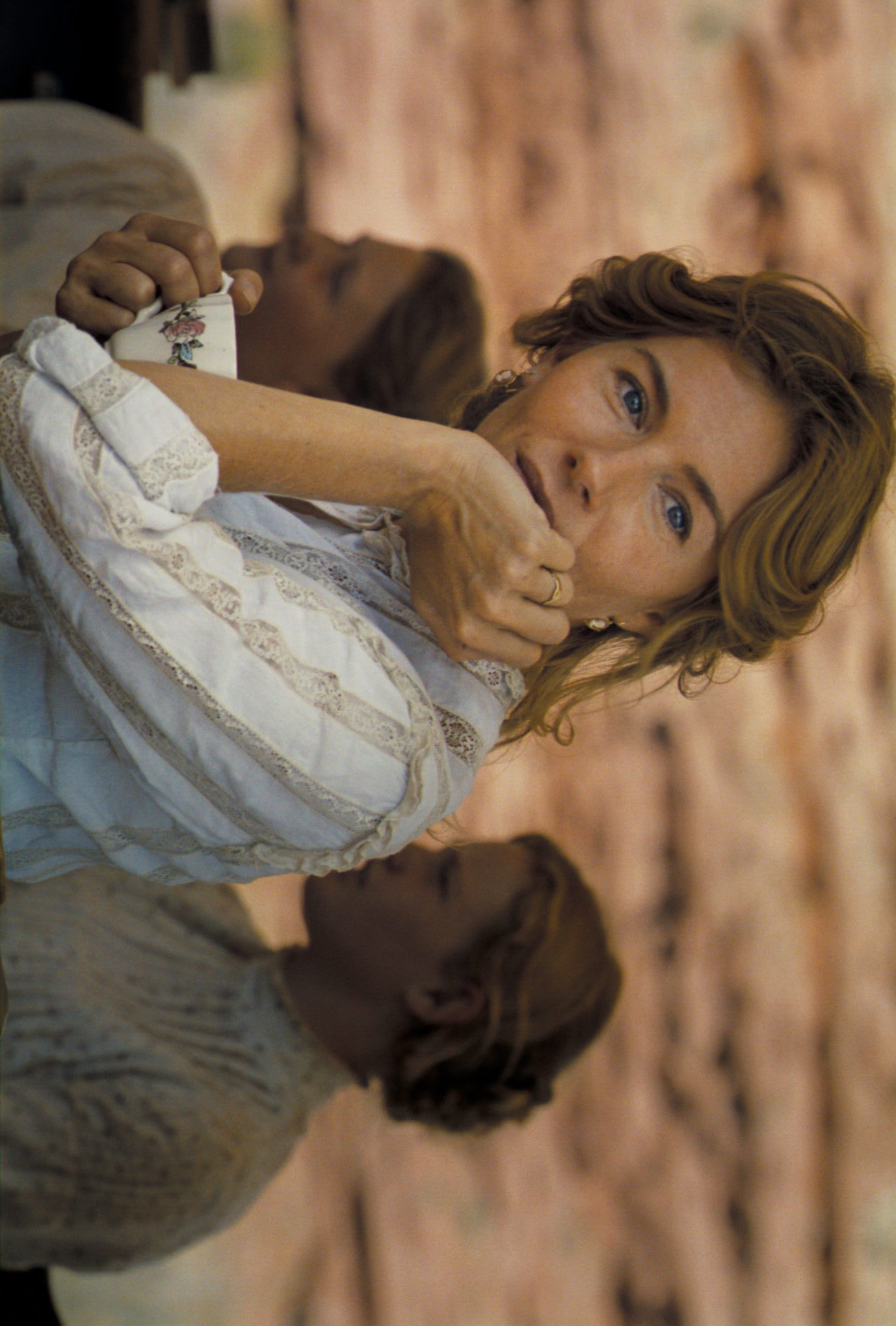The entire work of the Raqs Media Collective is uniquely intertwined with the world and the concept of temporality, representing an ever-changing, restless and energetic state of revolution, full of creative stimuli. Their practice is defined as a ‘kinetic contemplation’ that investigates different media, travelling between concepts linked to classical and contemporary art, as well as deeper reflections linked to philosophical and reflective aspects. Research, together with theory and poetics, are cornerstones of all their artistic experimentation: a hybrid and methodological practice that investigates the concept of time. This approach finds direct correspondence with Charles Jencks’ work as a designer, historian, critic, and artist as well as with his post-modernist manifesto and the space of his old house turned into a museum, The Cosmic House. The exhibition entitled 1980 in Parallax revolves around a newly commissioned project called The Bicyclist Who Fell into a Time Cone. The concept of parallax itself is the object from which the exhibition’s reflection starts. It describes the idea of the changing perception of objects, in relation to their surroundings, the very position in which they are located, and the movement of the viewer. The works presented first suggest and then describe the perceptions of a specific and precise historical moment surrounded by the unstoppable passage of time, together with all the resulting changes related to space, perceived reality, imagery and narrative. This also makes it possible to question the artistic group but also the minds of observers regarding geographies and perspectives of centres and peripheries, real practical or not.
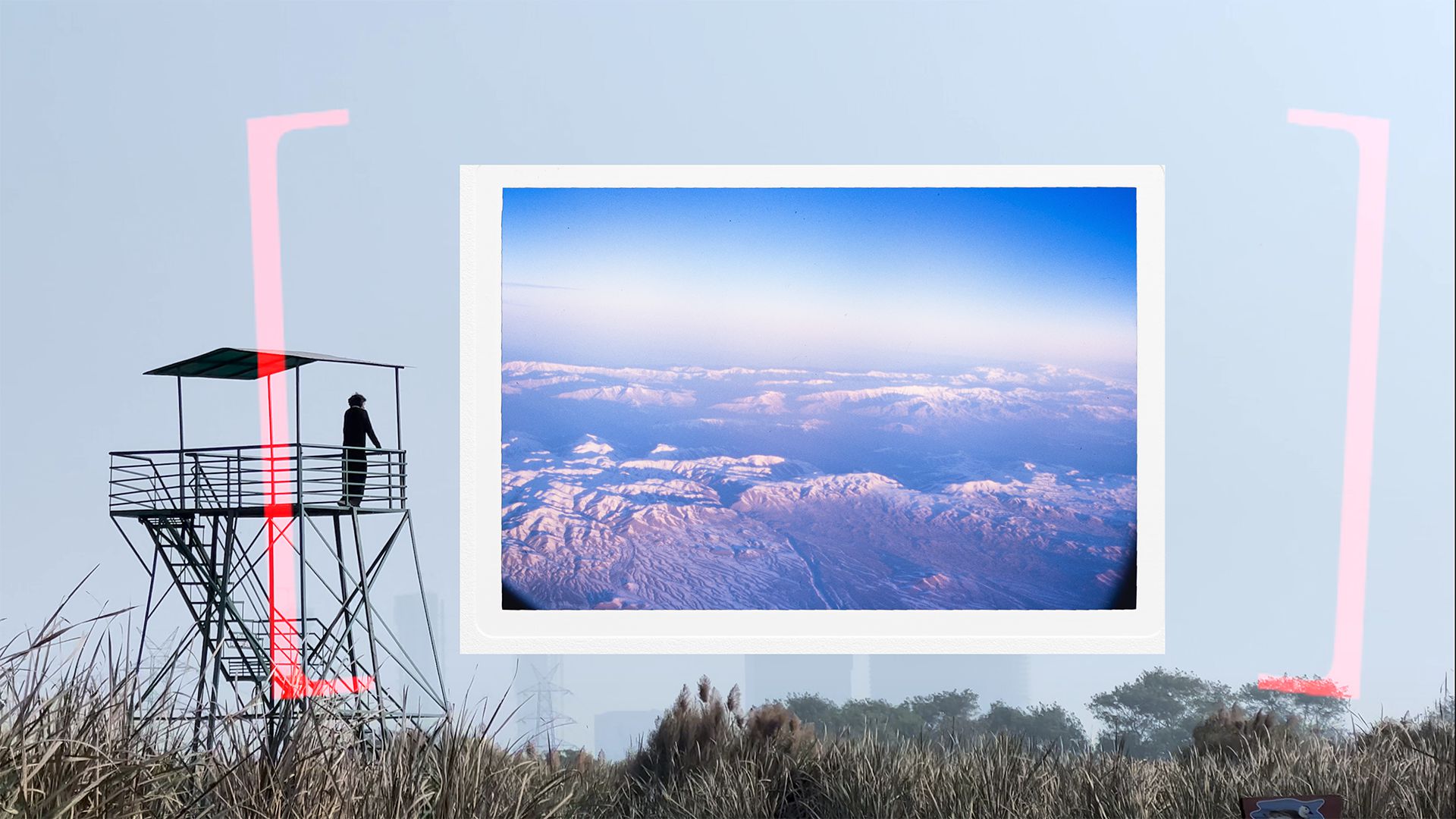
The project begins with the making of a film, whose protagonist is a cyclist who makes repetitive journeys that evoke in the viewer a meditative state of mind and an exploratory approach to existence. Thanks to the use of technical effects such as zooms, changes of perspective and shifts, overlapping of space and time, the narrated environment becomes a common space but at the same time also an intimate and personal, recognisable one. The filming expands not only in the temporal and mental space of the recording, but also within the walls of The Cosmic House. There are screens surrounding the rooms, on which animated forms appear and disappear, wall drawings in which images and graphics intertwine, and installations created with Augmented Reality renamed by the collective for the exhibition Betaal Tareef: In Praise of Off-time (and its Entities). The visual and narrative register of the video is accompanied by a monologue, a single-voice narration that speaks of memory and the passing of history, and which, in contrast to the uniqueness of the echoing sound, implies by necessity a plurality of time. The film was shot in the hinterland of New Delhi, amidst the fringes of society and untouched, wild places, using different techniques of visual experimentation. Nesting, embedding and juxtaposition allowed for the fusion of never-before-seen frames and archive images, some of which came from Jencks’ trips to India during the 1980s.
“It is an investigation into the optics of this specific sensation of time, which has become second nature for us since 1980. It is a time traveling search into and out of a year – that pause between turbulences – a pause that lurks in every year of what we call our long now.”
The story oscillates between reality and pure fiction, circling with its narrative around the year 1980, a time of transition, of change, of threshold, a twilight period. An investigation into the optics of a specific feeling of time that does not appear sharp, but rather strange and blurred. A research that travels through time, that moves the pedals of a bicycle to grind kilometres and observe landscapes that flow slowly, movement appears when the turbulence that is hidden in each year and in each epoch lets one’s breath catch, when the sensation of seeing time stop and at the same time run away and escape all control, find a way to coexist.
For further information jencksfoundation.org.
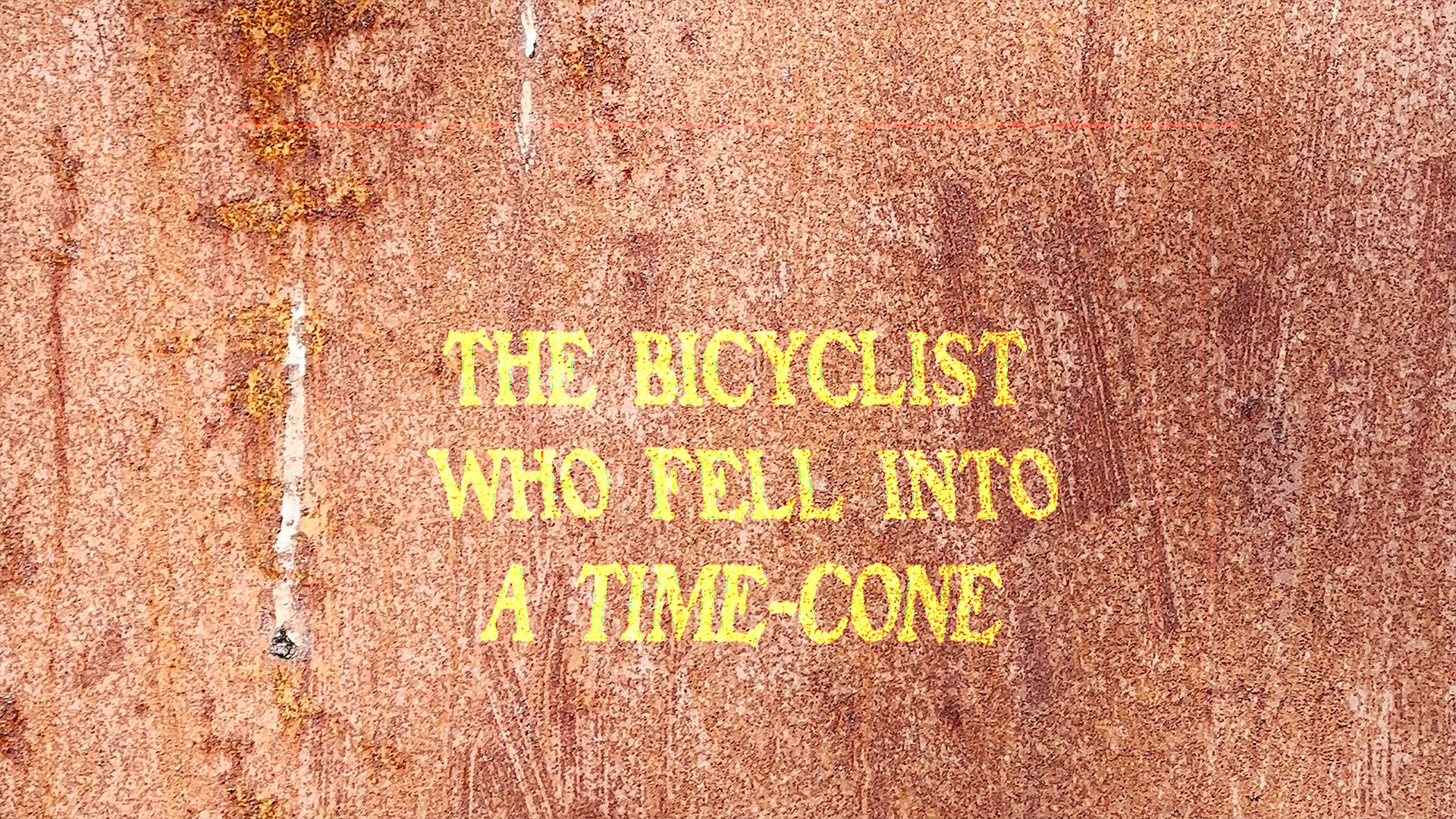
“It’s as if there was/is a 1980, hidden, in every year.”
